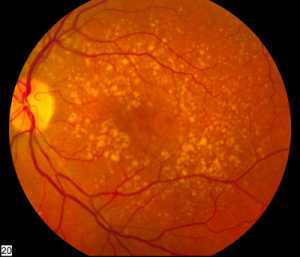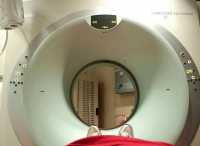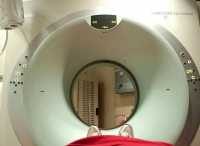Author Interviews, Compliance, JAMA, Macular Degeneration, Ophthalmology / 25.08.2018
Over 20% of Macular Degeneration Patients Lost to Followup After Treatment
MedicalResearch.com Interview with:
Jason Hsu, MD
Retina Service, Wills Eye Hospital
Associate Professor of Ophthalmology
Thomas Jefferson University
Mid Atlantic Retina
Anthony Obeid MD MPH
School of Public Health
The University of Sydney ·
MedicalResearch.com: What is the background for this study? What are the main findings?
Response: Neovascular age-related macular degeneration (nAMD) is a vision-threatening disease that often afflicts elderly patients. The introduction of intravitreal anti-vascular endothelial growth factor treatment drastically improved the prognosis of eyes with nAMD. Despite its efficacy, patients require consistent follow-up (sometimes as often as monthly), with ongoing injections to maintain the visual benefits of the drug. Unfortunately, few studies have reported the number of patients that do not follow-up with recommended guidelines. Moreover, there remains limited evidence on the risk factors associated with loss to follow-up.
Our study, consisting of 9007 patients with a history of nAMD receiving treatment between 2012 and 2016, evaluated both these parameters. We defined loss to follow-up as having at least one injection without a subsequent follow-up visit within 12 months post-treatment.
Using this definition, we found that over 20% of patients are lost to follow-up over the entire study period. We further identified key risk factors associated with loss to follow-up, which included patients of older age, race, patients residing in a region of a lower average adjusted gross income, patients living at greater distances from clinic, patients with active nAMD in only one eye, and patients with worse visual acuity. (more…)

































